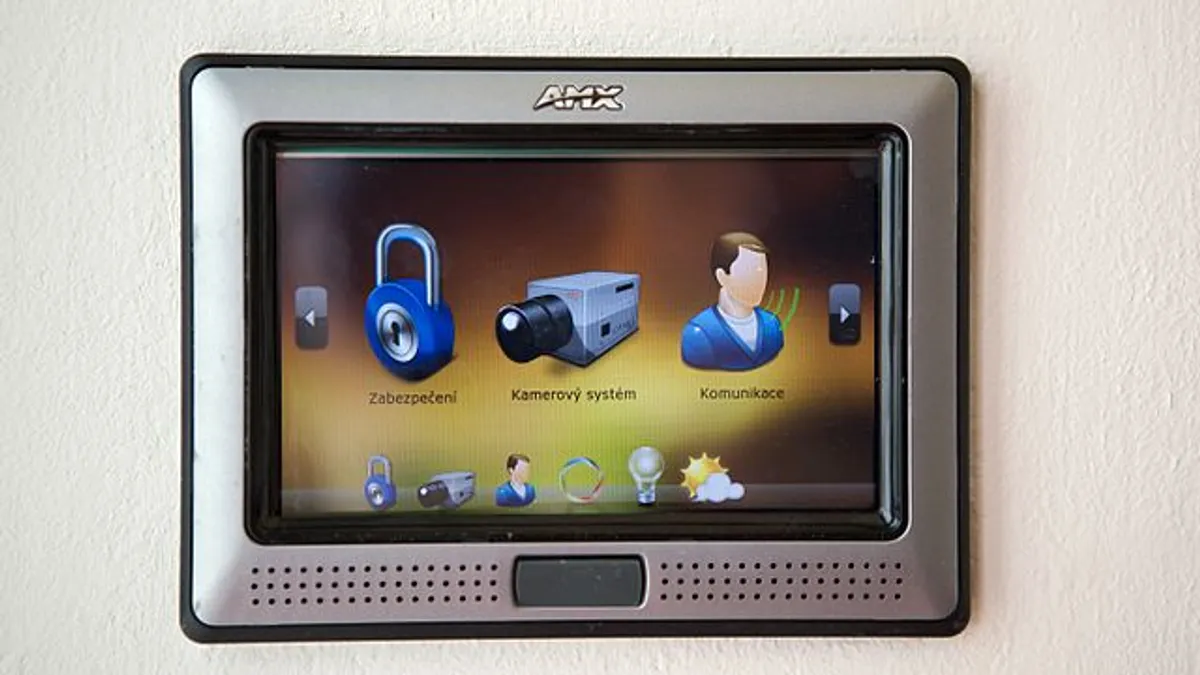Google's decision to buy Nest for $3.2 billion has put home energy management (HEM) in the spotlight, but mass retailers like Home Depot, Best Buy and Staples are reaching millions of people with their smart home products.
The U.S. HEM market is poised to grow to more than $4 billion by 2017, up from $1.5 billion last year, according to a recent GTM Research report.
So with the market set for growth, utilities must decide if they want to compete in the HEM space or partner with third parties. Southern California Edison (SCE) has already made its decision: It will partner with other businesses, partly because of the demand response opportunities that can be gained.
Southern California Edison's home energy management plans
Later this year, SCE plans to roll out two new programs that give HEM providers opportunities to partner with the utility, said Mauro Dresti, SCE's senior manager for mass markets, during a Parks Associates presentation earlier this month.
The first program would provide demand response resources through third parties' smart thermostats. Using OpenADR 2.0, a growing IP-based protocol, SCE could call demand response events directly to the thermostats or through the partner's cloud.
Under the proposed peak-time rebate program, if customers choose to participate, they could save $1.25 for each kWh saved, Dresti said. The utility estimates that customers would save $60 a summer, he said. SCE's 4.9 million residential and small business customers could participate in the program.
SCE has tested the program with about 3,000 customers. Load shedding with smart thermostats isn't as robust as the utility's automated load shedding program, Dresti said. For example, households typically reduce their load by less than a kW.
On the plus side, load shedding through already-installed thermostats is much less expensive for SCE, Dresti said, noting that there are no installation or marketing costs for the utility. “We're getting that much load without customer complaints,” he said. “If you don't play in this area you lose out on quite a bit of DR that you could get."
SCE expects to see 30,000 to 40,000 smart thermostats installed in its service territory each year, Dresti said. Ultimately, SCE's third-party partners may want to bid their demand response resources into the market.
Currently, few utilities are going through a cloud-based service to allow third parties to partner with utilities, according to Dresti.
SCE also intends to partner with third parties on providing real-time energy use information according to Dresti. The program would let third parties take advantage of the smart meters that SCE has installed across its service territory, he said. The program is ready to start, he noted.
Should utilities partner or compete?
Lowe's, the home improvement company, expects HEM to take off and the company is preparing for that, according to Kevin Meagher, Lowe's vice president and general manager for smart homes. “Data is going to be everything in the future,” he said.
There are lots of new entrants in the smart home space, ranging from utilities offering smart thermostats to security companies, but no one owns the market, Meagher said. In fact, market participants have been “salami slicing” consumers with narrowly focused smart home products, leaving consumers confused. Consumers need a simple solution for managing their energy, keeping their home safe and connecting all their devices, he said.
Lowe's is selling a cloud-based platform called Iris and is working with vendors so all devices can use it, Meagher said. “We're focused on simplicity, affordability and scaleability,” he said.
Like SCE, Lowe's wants partners, including utility partners, according to Meagher who pictures a world where all of a home's devices – the thermostats, washing machines and pool pumps – can be used as demand response resources.
While the potential seems huge, Lowe's has had a hard time working with utilities. “It has been very difficult for a retailer like us to work with utilities because of all the different variations and different standards and frankly the fact that in many instances the [utility] systems are closed,” Meagher said.
The HEM market will grow quickly, according to Lowe's. “This whole thing will pick up and start to move faster and faster and faster,” Meagher said, noting that partnerships will be needed. “If we all partner and work together on this, we can bring some really much more dynamic and interesting solutions to market.”
Each utility will need to make its own decisions about possibly partnering with third parties, but for SCE it's clear what the smart thing to do is. “The market's growing and you've just got to be there with it,” Dresti said.






















